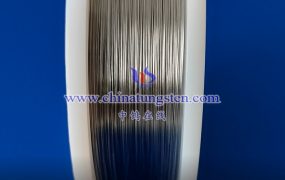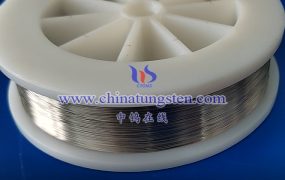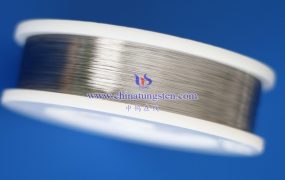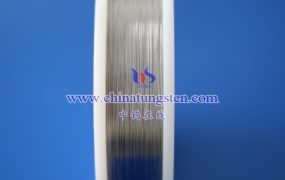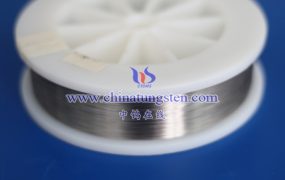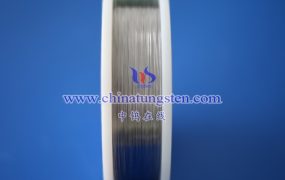The wire drawing process for black tungsten wire is a critical technique for processing tungsten rods or billets into fine-diameter tungsten wires, widely used in lighting, electronic devices, and other fields. Below are the key steps in the black tungsten wire drawing process:
Raw Material Preparation:
- Tungsten Billet Selection: High-purity tungsten powder is pressed and sintered to form tungsten rods or billets, ensuring material purity and uniform microstructure.
- Surface Treatment: The tungsten billets are cleaned to remove surface oxides, oil, and other impurities, typically through chemical cleaning or mechanical polishing.
Preheating and Forging:
- Heating: The tungsten billets are heated to high temperatures (approximately 1200–1500°C) to enhance plasticity and reduce work hardening. Heating is typically conducted in a hydrogen or inert gas atmosphere to prevent oxidation.
- Swaging or Rolling: The billets are processed into thinner tungsten bars using a swaging machine or rolling mill, reducing the diameter and improving the internal crystal structure.
Preparation for Wire Drawing:
- Lubricant Application: Graphite emulsion or other lubricants are applied to the surface of the tungsten bars to reduce friction and wear during drawing.
- Mold Preparation: Appropriate wire drawing dies (typically diamond or cemented carbide) are selected, with die apertures gradually decreasing to enable multiple drawing passes.
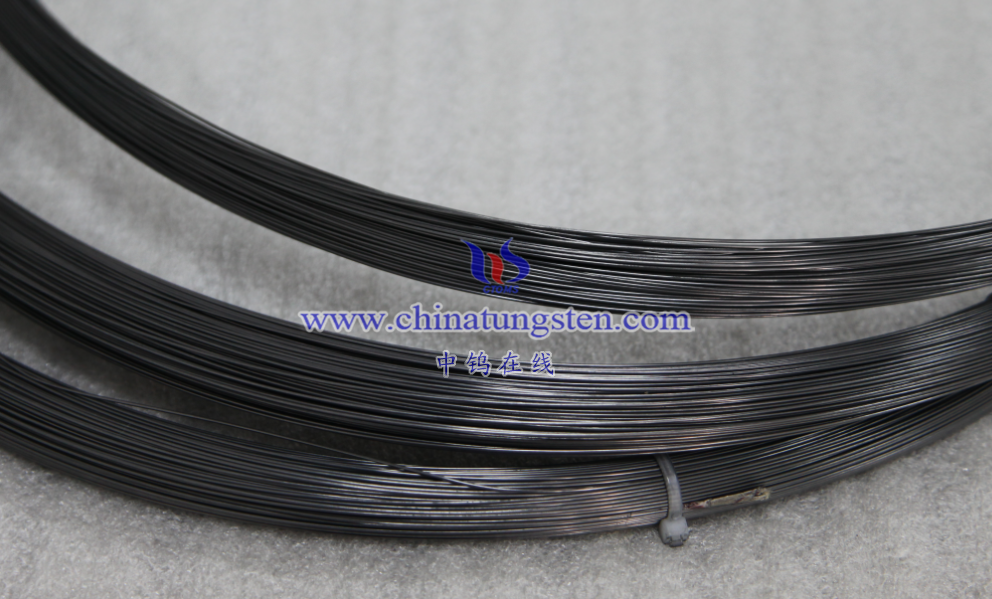
Wire Drawing Process:
- Initial Drawing: The pre-treated tungsten bar is passed through a wire drawing machine, progressively drawn through a series of dies with decreasing apertures to form thinner tungsten wire. Each pass reduces the cross-sectional area by approximately 10–20%.
- Intermediate Annealing: During drawing, the tungsten wire becomes brittle due to work hardening, requiring intermediate annealing (approximately 1000–1400°C in a hydrogen atmosphere) to restore material plasticity.
- Multiple Drawing Passes: The drawing and annealing processes are repeated until the target diameter is achieved. Fine wire drawing may require dozens of passes, with die apertures gradually reduced to the micrometer level.
Surface Treatment and Cleaning:
- Lubricant Removal: After drawing, chemical cleaning (e.g., with alkaline or acidic solutions) is used to remove residual lubricants from the tungsten wire surface.
- Surface Inspection: The wire surface is checked for smoothness and the absence of cracks or defects.
Final Processing:
- Final Annealing: The drawn tungsten wire undergoes final annealing to eliminate internal stresses, optimize the crystal structure, and improve toughness.
- Cutting and Packaging: The tungsten wire is cut to the desired length, coiled or packaged as straight wire, and stored in a dry, oxygen-free environment to prevent oxidation.
Key Considerations:
- Temperature Control: Tungsten is highly brittle, so heating temperatures must be precisely controlled to avoid overheating (which causes excessive grain growth) or underheating (which leads to cracking).
- Die Selection: The choice of die material and aperture design directly affects the surface quality and dimensional accuracy of the tungsten wire.
- Environmental Control: The entire drawing process must be conducted in an oxygen-free or reducing atmosphere to prevent oxidation and blackening of the tungsten wire.
More details of tungsten wire, please visit website: http://www.tungsten-wire.com.cn/
Please contact CHINATUNGSTEN for inquiry and order of tungsten wire:
Email: sales@chinatungsten.com
Tel.: +86 592 5129595
